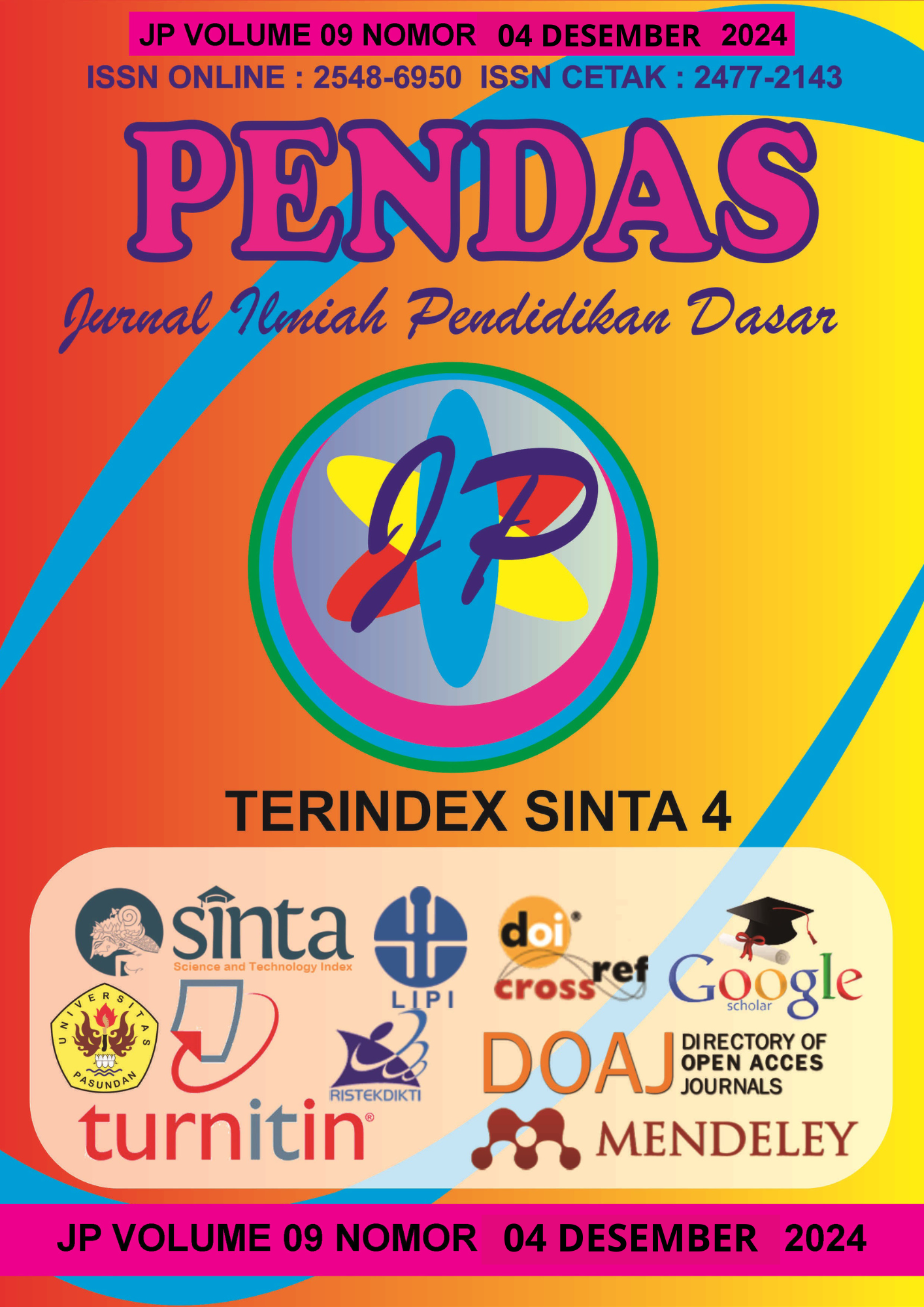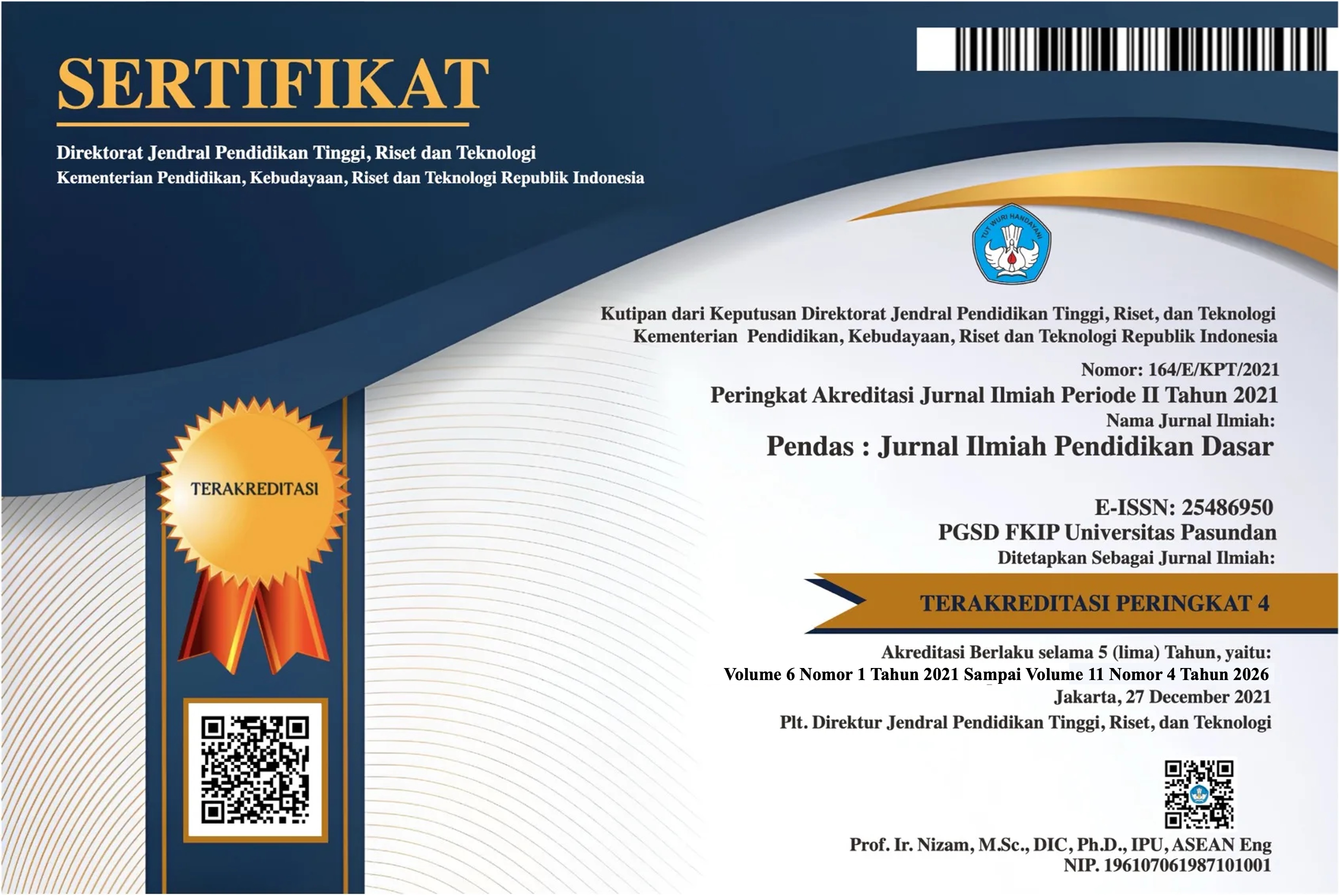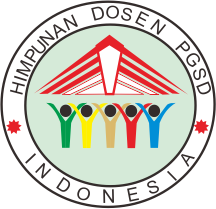AN ANALYSIS OF CONJUNCTION ERRORS IN RECOUNT TEXT: A Study at the 10th Grade of SMAN 1 Gerung
DOI:
https://doi.org/10.23969/jp.v9i04.21455Keywords:
Conjunctions, Recount Text, Analysis, ErrorsAbstract
Grammar is a common challenge in English writing, particularly among 10th-grade high school students, where conjunction errors in recount texts are prevalent. This study investigates the most frequent types of conjunction errors and the factors causing them. Using a qualitative descriptive approach, data were collected through writing tests, content analysis, and interviews with students of SMAN 1 Gerung. The study identified 32 errors in students' recount texts: 78% in coordinating conjunctions, 22% in subordinating conjunctions, and no errors in correlative conjunctions. Common errors included unnecessary conjunctions, ambiguity, and inappropriate conjunctions for context, which disrupted sentence coherence. Interviews revealed that conjunction errors stemmed from students' lack of understanding, forgetfulness, and insufficient teaching at school. While some students knew the function of conjunctions, others lacked basic awareness or had not been adequately instructed, particularly within the school curriculum. The findings highlight the importance of targeted teaching strategies, practice, and feedback to improve students' conjunction usage. This study underscores the need for explicit instruction and regular training in conjunctions to enhance recount texts' clarity and organization. Teachers should provide detailed explanations and constructive feedback, while students are encouraged to engage in self-editing and structured exercises. The results offer valuable insights for educators and learners to address conjunction errors and improve writing proficiency in English.
Downloads
References
Astuti, P. (2022). Grammatical Error Analysis in English Education Students' Recount Text.https://doi.org/10.61664/jedlish.v2i1.53
Atmowardoyo, H. (2018). Research methods in TEFL studies: Descriptive research, case study, error analysis, and R & D. Journal of Language Teaching and Research, 9(1), 197-204.http://dx.doi.org/10.17507/jltr.0901.25
Braun, V., & Clarke, V. (2019). Reflecting on reflexive thematic analysis. Qualitative research in sport, exercise and health, 11(4), 589-597.https://doi.org/10.1080/2159676X.2019.1628806
Geraldine, V. (2020). Error Analysis On The Use of Conjunction In Students’ Writing Recount Text At Vocational State School 41 Jakarta. Journal of Language and Literature, 6(2), 97-104.
Hasanah, R., & Said, M. (2020). The Use of Simple Past Tense Verb and Personal Pronoun In Writing Recount Text. Inference: Journal of English Language Teaching, 3(2), 163-171.Kallio, H., Pietilä, A. M., Johnson, M., & Kangasniemi, M. (2016). Systematic methodological review: developing a framework for a qualitative semi‐structured interview guide. Journal of Advanced Nursing, 72(12), 2954-2965.
Holidazia, R., Sribagus, & Melani, B. Z., (2016). An Analysis of Grammatical Error in Writing Procedural Text by VII th Grade Junior High School Students (Doctoral dissertation, Thesis. Fak. FKIP Universitas Mataram, Mataram).
Larsen-Freeman, D., & DeCarrico, J. (2019). Grammar. In An introduction to Applied Linguistics (pp. 19-34). Routledge.
Luo, A. (2022). Using Conjunctions | Definition, Rules & Examples. Scribbr. https://www.scribbr.com/academic-writing/conjunctions/
Melani, B. Z. (2016). Contributing factors for L2 grammar development on EFL learners. The 62nd TEFLIN International Conference. University Press Adibuana Surabaya.
Mitrović, M., & Sauerland, U. (2016). Two conjunctions are better than one. Acta Linguistica Hungarica, 63(4), 471-494.. https://doi.org/10.1556/064.2016.63.4.5
Nurbaidah, N. (2019). An Error Analysis of Using Conjunction in Writing Narrative Text (A Study at the First Grade Students of Mts Ypks Padangsidimpuan 2018/2019 Academic Year). Jurnal Education and Development, 7(3), 97-97. https://doi.org/10.37081/ed.v7i3.1193
Risager, K. (2018). Representations of the World in Language Textbooks. Bristol: Multilingual Matters.
Sari, M. K. (2017). An analysis of students’ problem in writing recount text. Jurnal Educative: Journal of Educational Studies, 2(1), 14-21.https://doi.org/10.30983/educative.v2i1.316
Setiyorini, T. J., Dewi, P., & Masykuri, E. S. (2020). The grammatical error analysis found in students’ composition. Lensa: Kajian Kebahasaan, Kesusastraan, dan Budaya, 10(2), 218-233.https://doi.org/10.26714/lensa.10.2.2020.218-233
Stanley, M. (2014). Qualitative descriptive: A very good place to start. In Qualitative research methodologies for occupational science and therapy (pp. 21-36). Routledge.
Unubi, A. S. (2016). Conjunctions in English: Meaning, types and uses. International Journal of Social Science and Humanities Research, 4(3), 202-213.
Downloads
Published
Issue
Section
License
Copyright (c) 2024 Pendas : Jurnal Ilmiah Pendidikan Dasar

This work is licensed under a Creative Commons Attribution 4.0 International License.



















